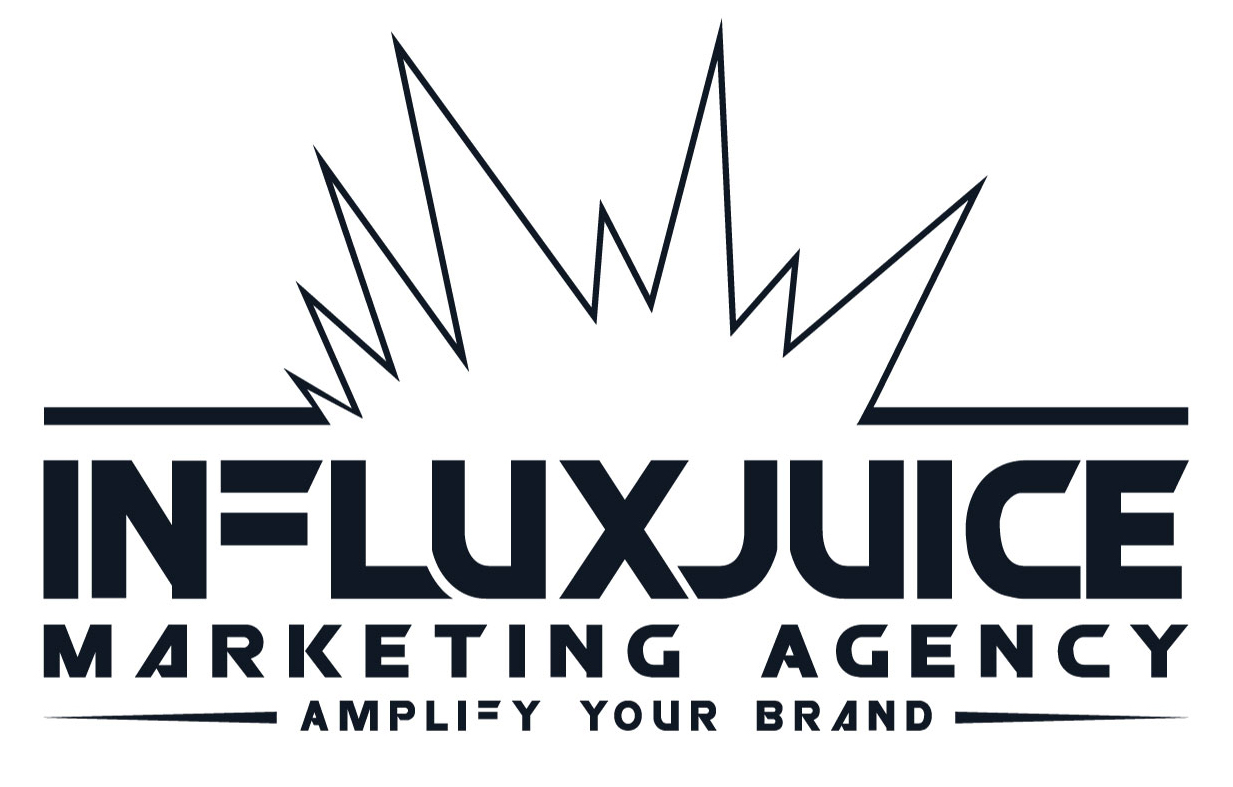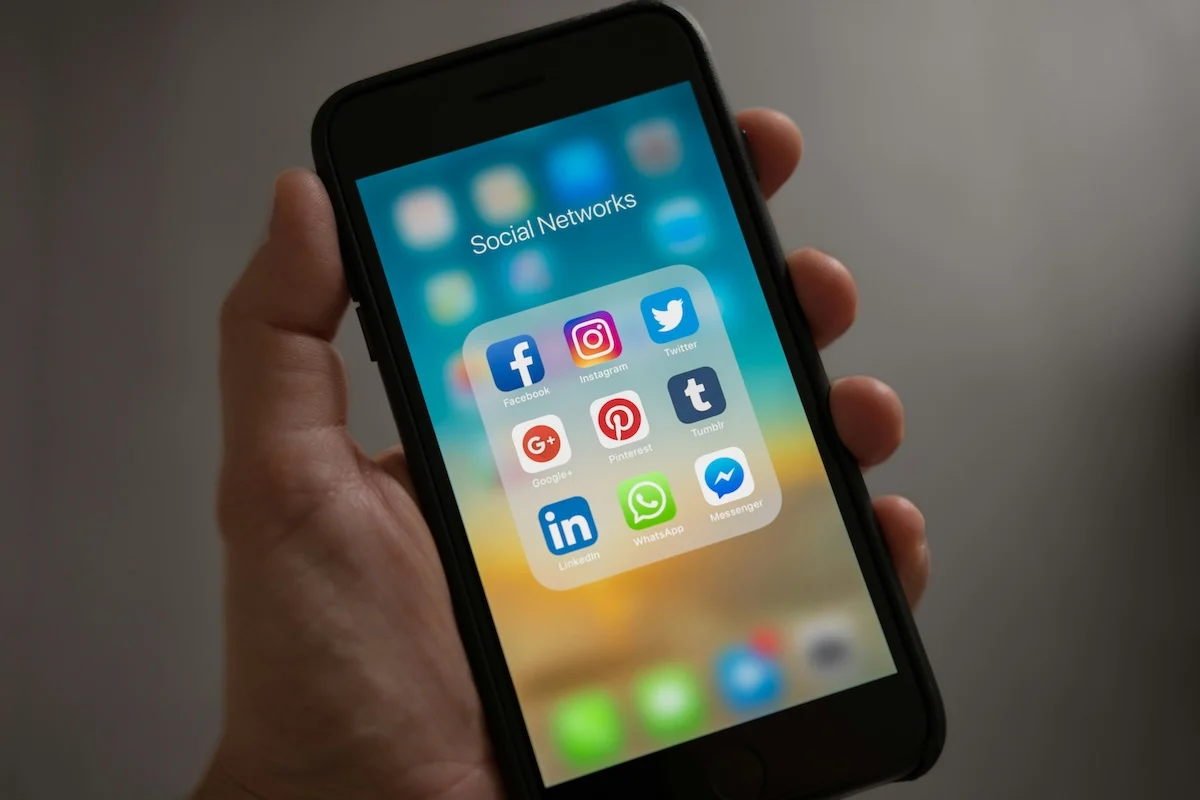The Shift in Social Media Lead Generation
In 2025, businesses face a critical decision: invest in paid social media ads for immediate leads or build organic content for long-term returns. Data reveals paid ads average $65 per lead, while organic strategies cost $95 per lead initially. However, this gap narrows significantly when considering lead quality, conversion rates, and long-term ROI.
This article breaks down:
- Cost variations across 6 major platforms.
- Industry-specific benchmarks (B2B SaaS, eCommerce, etc.).
- Why organic leads often drive higher revenue despite upfront costs.
- How to blend both strategies for optimal results.
Platform-by-Platform Cost Analysis

1. Facebook: The Budget-Friendly Social Media Leader ($5.83–$21.98 per lead)
Facebook remains the most affordable option, especially for B2C brands. Its lead-generation forms reduce friction by keeping users on-platform.
- Top Industries:
- Consumer goods: $5.83–$10.98/lead.
- Retail: $9.13–$16.39/lead.
- Key Advantage: Precise targeting by demographics and behaviors.
2. Instagram: Engagement Over Immediate Conversions ($0.03–$2.00 CPC)
Instagram excels in visual storytelling but reports fewer direct CPL metrics. Its Shop features shorten the path to purchase.
- Best For: Fashion, beauty, and lifestyle brands.
- Strategy: Combine Reels with targeted hashtags for organic discovery.
3. LinkedIn: The B2B Powerhouse ($15–$350 per lead)
LinkedIn’s costs reflect its niche audience of professionals. Auto-filled Lead Gen Forms streamline conversions.
- Highest Costs: B2B SaaS ($310/lead for ads).
- Organic Edge: Educational content (e.g., whitepapers) cuts costs to $164/lead.
4. TikTok: Viral Potential at $8–$15 per Lead
Once seen as a Gen Z platform, TikTok now drives leads across age groups. Authentic, trend-aligned content performs best.
- Success Tip: Demonstrate products in action with trending audio.
5. YouTube: Mid-Range Costs with High Intent ($10–$20 per lead)
As the second-largest search engine, YouTube suits complex products needing demonstration.
- Ad Formats: In-stream, discovery, and bumper ads.
- Organic Bonus: Evergreen tutorial videos attract leads for years.
6. Snapchat: Youth-Centric and Affordable ($8–$10 per lead)
Snapchat’s AR filters and location-based offers appeal to local businesses targeting younger demographics.
Industry Benchmarks: Where Costs Diverge
| Industry | Paid CPL | Organic CPL | Savings with Organic |
|---|---|---|---|
| B2B SaaS | $310 | $164 | 47% |
| Financial Services | $761 | $555 | 27% |
| eCommerce | $98 | $83 | 15% |
| Legal/Healthcare | $500–$784 | 20–35% lower | Varies |
Key Findings:
- B2B SaaS: Organic thought leadership (case studies, webinars) reduces costs by nearly half.
- Financial Services: High trust barriers mean educational content (e.g., “How-to” guides) outperforms ads.
- eCommerce: Visual platforms like Instagram and TikTok blur the line between paid and organic.
The Organic Advantage: Lower Long-Term Costs and Higher Conversions
1. Quality Over Quantity
- Paid leads convert to customers 30–50% less often than organic leads.
- Example: A SaaS company spending $310 on a paid LinkedIn lead might see a 5% close rate, while a $164 organic lead closes at 8–10%.
2. Compounding Returns
- A single YouTube tutorial or blog post can generate leads for years without additional spend.
- Paid ads stop delivering results the moment the budget pauses.
3. AI Tools Reduce Production Costs
Platforms like InfluxJuice cut organic content costs by:
- Automating video/article creation.
- Repurposing content across 300+ channels (Google News, podcasts, etc.).
The Blended Social Media Strategy: How Top Brands Reduce CPL by 15–30%

Tactic 1: Use Paid Ads to Amplify Organic Content
- Identify top-performing organic posts (e.g., a LinkedIn article with high engagement).
- Boost them with targeted ads to expand reach.
Tactic 2: Retarget Engaged Users
- Create custom audiences from organic content interactions (e.g., video viewers).
- Serve these users lower-funnel paid offers.
Tactic 3: Test Concepts with Low-Cost Ads
- Run small ad campaigns to gauge interest in a topic.
- Invest in full-scale organic content for high-performing ideas.
Example: A financial advisor tests a paid Facebook ad about “Retirement Planning Mistakes.” After strong engagement, they develop a free organic webinar on the topic, generating 200+ leads at half the cost of ads.
Actionable Recommendations by Industry
For B2B Brands:
- Prioritize LinkedIn organic content (e.g., industry reports).
- Use paid ads sparingly for targeted ABM campaigns.
For eCommerce:
- Leverage Instagram/TikTok’s Shop features for seamless purchases.
- Repurpose user-generated content as ads.
For High-Cost Verticals (Legal/Healthcare):
- Build trust with FAQ-style organic content before capturing leads.
- Allocate 60% of budget to organic, 40% to paid retargeting.
Conclusion: Balancing Speed and Sustainability with Social Media
In 2025, the most successful brands:
- Start with paid ads for quick wins.
- Invest in organic to build lasting lead pipelines.
- Use AI tools to streamline content production.
Final Tip: Track lead quality (not just cost) to measure true ROI. A $500 organic lead that converts to a $50,000 client is far more valuable than a $50 paid lead that goes nowhere.
_________________________________________________________________
Want to know how to increase customers and sales for your business?
Tap here to chat to me and I’ll show you how we make it happen.
If you’ve enjoyed reading today’s blog, please share our blog link below.
Do you have a blog on business and marketing that you’d like to share on influxjuice.com/blog? Contact me at rob@influxjuice.com.
Want to know how we can guarantee a mighty boost to your traffic, rank, reputation and authority in you niche?
Click here to access our free 3-Step Marketing Playbook – ‘SEM/GEM Guide’.

